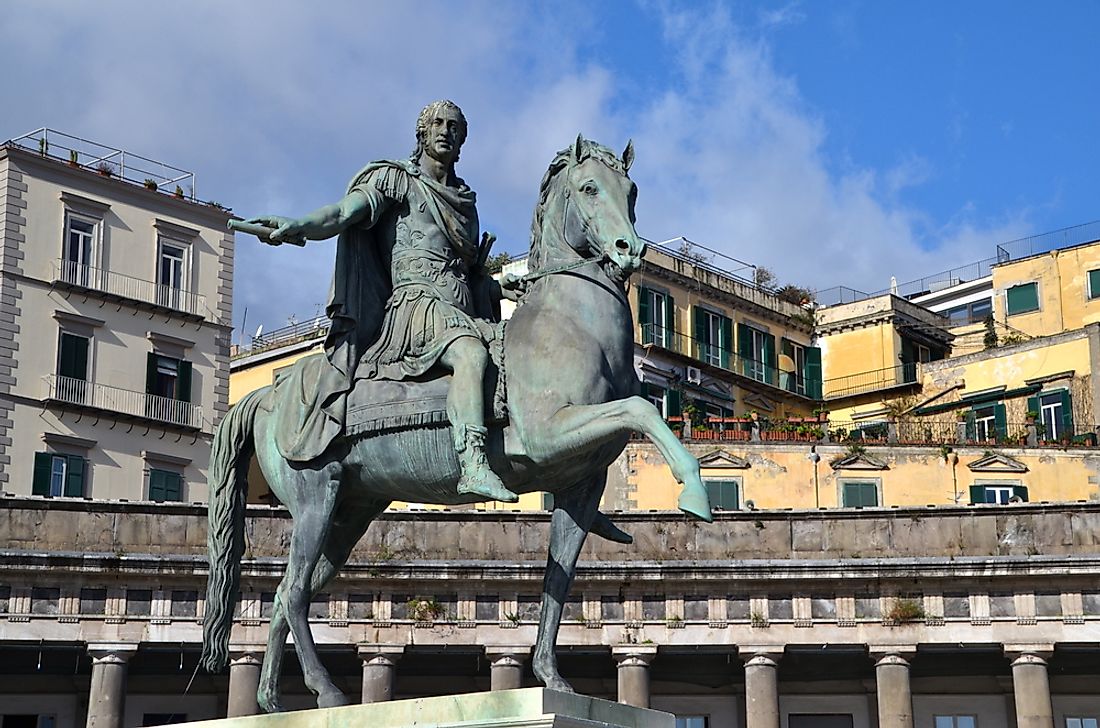Does the Spanish National Anthem Have Any Words?

The Anthem Without Lyrics
Interestingly enough, the Marcha Real, the Spanish National Anthem, is one of only four national anthems in the world without lyrics. The other national anthems without lyrics are those of San Marino, Kosovo, and Bosnia and Herzegovina. The Marcha Real is also one of the oldest national anthems in the world
The Birth and Early Usage of the Marcha Real
The Marcha Real first appeared as La Marcha de Granaderos in print in the ‘Book of the Ordenance of Newly Played Military Drum and Fife Calls by The Spanish Infantry’, which was authored by Manuel de Espinosa, in 1761. As per this piece of documentation, Manuel de Espinosa de los Monteros is the original composer of the music of the Spanish National Anthem. In 1770, La Marcha de Granaderos was declared to be the official Honor March in the court of Charles III, and began to be played as the official anthem of the nation during the reign of Isabel II. On August 27th, 1908, Marcha Real was established by a Royal Circular Order by Alfonso XIII.
Challenges to the Marcha Real
There was a threat to the replacement on the Marcha Real as the official anthem after the 1868 Revolution, when General Prim demanded a national contest in search of a new national anthem. However, his efforts did not bear fruit. During the Spanish Second Republic (1931-1939), the Marcha Real was replaced by the Himno de Riego as the official anthem, but the former's glory was again restored after the Spanish Civil War when Francisco Franco declared it as the country’s national anthem under the title of La Marcha Granadera.
False Claims About the Spanish National Anthem
In 1861, a false notion arose that propagated the fact that Frederick II of Prussia, the King of Prussia and a man well-known for his patronage of music, had gifted the Marcha Real to a soldier of the Spanish army who was learning military tactics in the Prussian kingdom under the orders of the Spanish King Charles III. This belief first arose after the publication of it in the La España militar, and then later the popularization of the false fact was bolstered by Colonel Antonio Vallecillo through his writings in El Espíritu Público. This myth and and various distorted versions of it have continued to be propagated via various publications throughout the years.
The Current Version of the Marcha Real
The current Marcha Real involves two versions. Namely, these are the longer one, honoring the Spanish King, and the shorter one, honoring the Princess of Asturias and the President of the Government of Spain. The Marcha Real has also been modified to suit three official arrangements, so that it can alternatively be played by an orchestra, an organist, or a military band. Each version and arrangement of the Marcha Real has been further assigned six official adaptations. All of these adaptations have been recorded and released formally on compact discs for people to purchase.
Should Lyrics Be Assigned to Marcha Real?
Though the original national anthem lacks lyrics, time and again Spanish people have added their own words to their beloved anthem. In the past, lyrics were assigned to the anthem during the rule of Alfonso XIII and General Franco’s dictatorship. In 2008, a lyric competition was held to assign lyrics to the Marcha Real before Madrid's bid to host the 2016 Olympic Games. Though proposed lyrics poured in from all over the country, the competition was withdrawn just 5 days after its opening due to widespread public criticism regarding the suggested lyrics. Currently, the Marcha Real continues to be played at all events of national importance, and members of the public are expected to stand up while the music is being played to pay respect to the country and its royal family.











